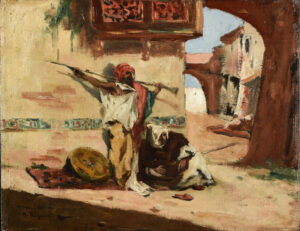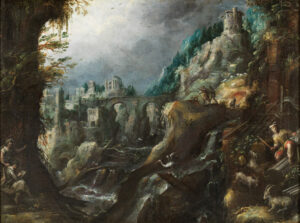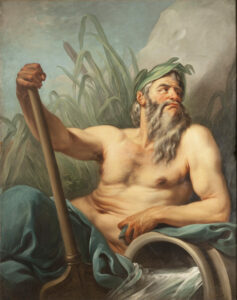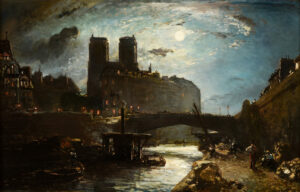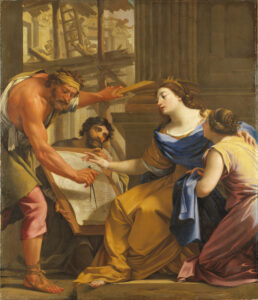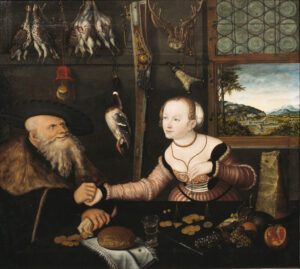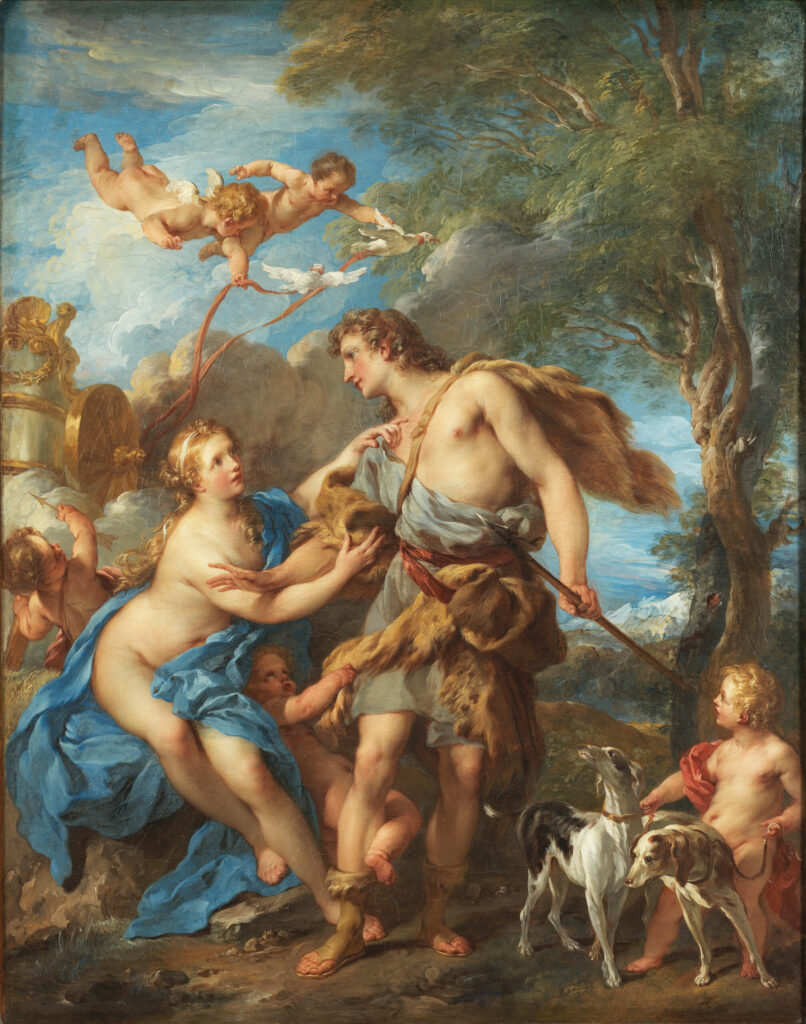
The Dramatic Eloquence of French Rococo. Lemoyne captures here the tragic moment when love confronts destiny! This weeping Venus embodies all the sensuality of emerging Rococo: her pearlescent flesh contrasts with the ultramarine blue of her draperies as she vainly attempts to restrain Adonis.
The painter orchestrates a visual symphony where every detail matters: the complicit putti in the clouds, the impatient hounds, the golden light that caresses the divine bodies.
The vertical format, deliberately chosen by the artist, magnifies this mythological scene by conferring theatrical grandeur upon it. Lemoyne perfectly masters the Rubensian heritage while infusing it with that characteristically French grace of the 18th century. The serpentine composition guides the eye in a ballet of passions where beauty and tragedy intertwine. This commission by Carl Gustaf Tessin in 1729 reveals the cosmopolitan taste of European elites for triumphant Parisian art.
Essential Information
- Venus and Adonis, by François Lemoyne, 1729
- Oil on canvas, 94 × 74 cm
- Nationalmuseum, Stockholm (Gallery 1603, 18th century)
- Collection reference: https://collection.nationalmuseum.se/en/collection/item/17857/
François Lemoyne (1688-1737) embodies the pinnacle of French grand decorative painting. As Premier Peintre to King Louis XV, he revolutionized religious and mythological art through his clear, luminous palette, heralding Boucher and Fragonard. Trained in the academic tradition, Lemoyne transcended classical models to create a pictorial language of striking modernity. His meteoric career, crowned by the ceilings of Versailles, makes him the essential link between the Grand Siècle and Rococo splendor.

